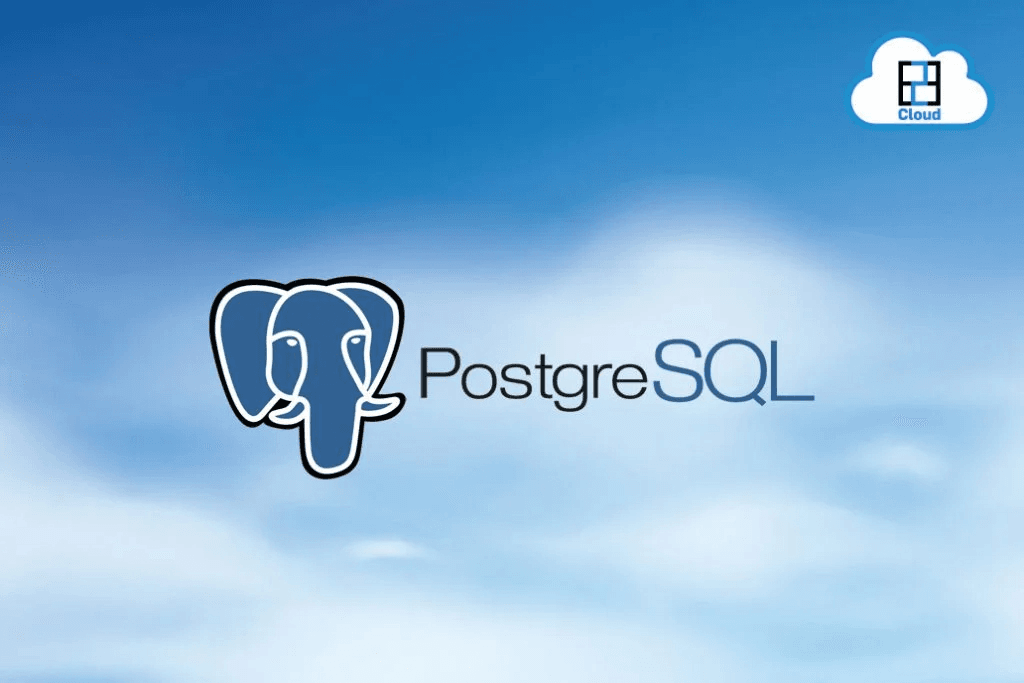Companies today are leveraging Artificial Intelligence (AI) and Machine Learning (ML) to develop their products, operate their businesses, and resolve challenges. However, hiring a programmer and data scientist with the required knowledge is not easy and is extremely expensive. Even after significant investments in engineers with an extensive educational background in ML, companies sometimes fail to develop their products.
In an attempt to solve these woes, tech companies are now creating open-source platforms and providing easy-to-use developer tools to help businesses deploy machine learning without having to hire an expert. New platforms offer minimal coding or no-code drag-and-drop tools to help non-technical people generate datasets, train them, and deploy machine learning models with minimal to zero programming.
Top 8 low code / no code ML libraries are listed in this blog.
Low Code Libraries
1. H2O AutoML
H2O AutoML is a handy tool for those starting with ML without any coding knowledge. It enables the developers to automate the end-to-end processes for applying ML to real-life problems. H2O AutoML automates most of the steps in an ML pipeline with the lowest human effort and maintains the performance of the machine learning model’s performance. It allows training the models in less time and supports both Python and R.
2. Pycaret
Pycaret is an open-source machine learning library in Python. Pycaret allows the user to deploy the model within minutes. It makes the user more productive as less time is spent on coding. It is an easy-to-use ML library that helps perform end-to-end machine learning experiments with the least code lines. It helps speed up the experiment cycle. It is a business-ready solution that allows quick and efficient prototyping.
3. Auto-ViML
Auto-ViML works as an Auto-ViML pipeline and can efficiently contribute to modern data workflows. Auto-ViML offers well-designed pipelines that can handle data preprocessing, model creation, feature selection, and evaluation. It automatically produces model performance results in the form of graphs. It can handle numeric, text, Boolean, date-time, and categorical variables, all in a single model.
No Code Machine Learning Platforms
1. Obviously AI
It uses Processing of Natural Language for performing complex tasks with CSV data that is user-defined. All a user has to do is up-load the dataset, select the column for prediction, then enter natural language questions to assess results. The Obviously AI platform itself trains the ML models by choosing the proper algorithm. This way, you can get a production report with just some clicks. Obviously AI also enables users to integrate data from other resources such as Salesforce, MySQL, RedShift, etc. With this platform, a user can perform predictive analysis of data without knowing regression and text classification.
2. Google Cloud Auto ML
Google Cloud Auto ML offers video intelligence, Auto ML Translation, Natural Language, and more. It helps developers with limited machine learning knowledge to build models for their specific use cases. Auto ML also allows users to create custom models to fit their business needs and integrate them into websites and applications. Auto ML works on the cloud. Therefore, there is no requirement for knowledge of transfer learning or neural network creation.
3. RunwayML
RunwayML is intended for creators and makers. It has a pleasing visual interface for training models with capabilities ranging from detecting objects, text, and image generation (GAN) to capturing motion and other models without writing code. The user has to pay for exporting any model in RunwayML. A designer can leverage the ability of pre-trained GAN to synthesize new images from prototypes.
4. CreateML
CreateML is a zero-code drag-and-drop tool. It is a macOS application with many pre-trained model templates like sound, text, and image classification. It also has a recommendation system with which users can select the model type and add data parameters to start the training. Users can also choose the number of iterations and fine-tune the metrics for file transfer models. It provides real-time results and allows previewing the model performance using the iPhone camera and Mac microphone.
5. Teachable Machine
Teachable Machine is a web-based tool that allows users to create easily accessible machine learning models. In Teachable Machine, users can feed examples in different categories for the computer to learn. After the inputs are entered, they are categorized into audio, image, and pause models that can be instantly tested to check for correct classification. It enables users to train models quickly right from the browser. Users can also use drag-and-drop files or a webcam to create datasets of sounds or images.
Conclusion
Artificial Intelligence and Machine Learning technologies are helping businesses develop products and resolve numerous challenges. The technical know-how required to implement these technologies sometimes becomes a hurdle. These Low code/No code ML Libraries create opportunities for developers and data scientists, and non-technical people to deploy AI and ML for their projects and products.
Want to enhance your cloud productivity? Sign up with us here.









